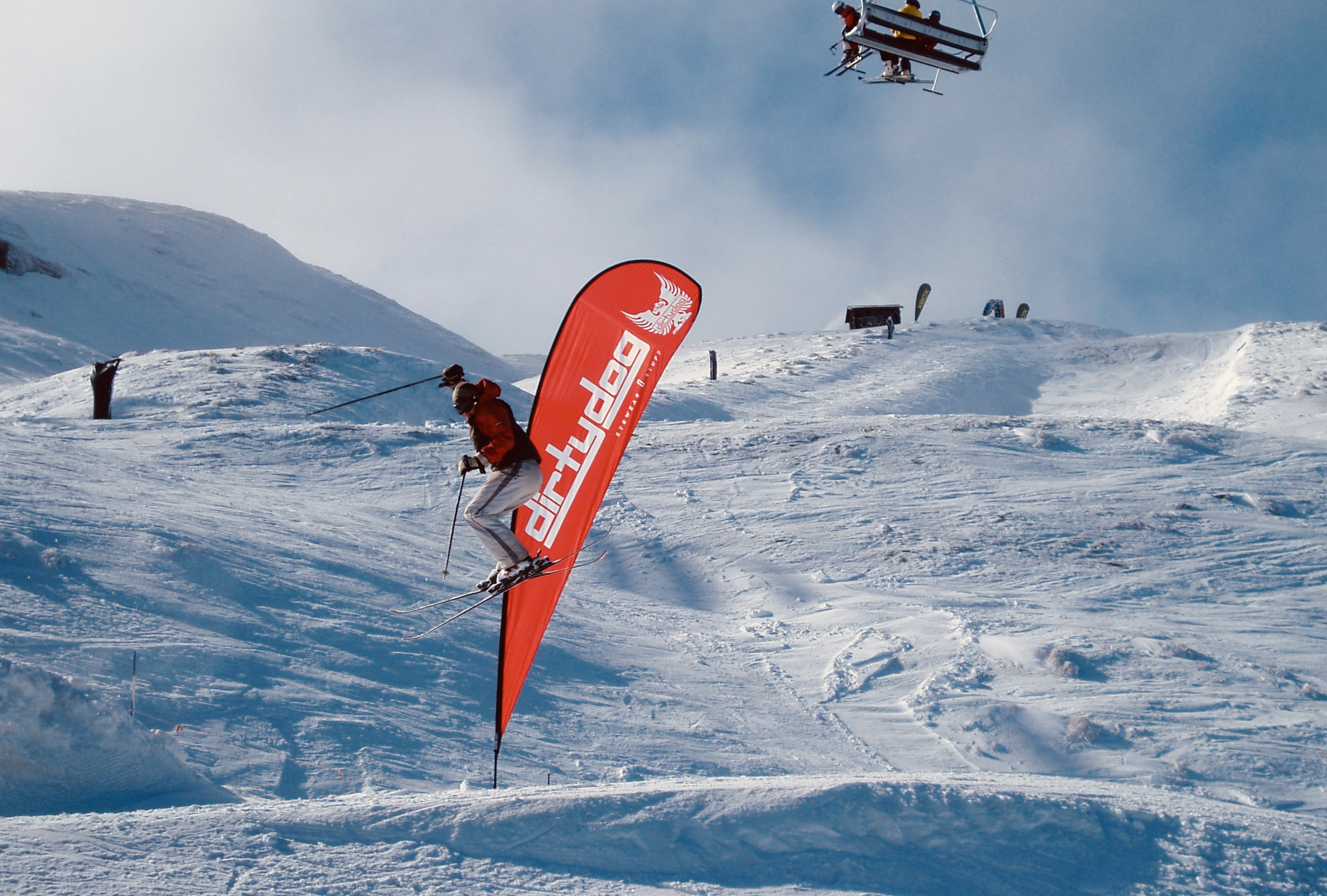Why Rotational Movement Matters
Rotational movement plays a vital role in generating force, especially during high-intensity training or athletic performance. Yet, it is often the weakest link in the body’s movement patterns. When underdeveloped, this can lead to muscle spasms, pain, and injury, particularly in structures that are forced to compensate. Strengthening and stabilizing your rotational pattern will help make you more resilient and elevate your performance.
What Is the Rotational Movement Pattern?
While individual muscles contribute to specific actions, muscle chains – connected via the fascial system – work together to produce coordinated, powerful movement. Each movement pattern, including rotation, has its own interconnected chain of muscles.
The rotational chain begins in the feet, travels up through the outer legs and hips, crosses the abdominal region, wraps around the rib cage, extends into the back, and finishes in the neck. This integrated system is highlighted in Thomas Myers’ Anatomy Trains, a foundational work in understanding myofascial movement.
These muscles not only generate force in activities like walking, running, and twisting but also prevent excessive rotation in areas of the body that are structurally limited. For example:
- The lumbar spine is designed for flexion and extension – not so much rotation.
- The thoracic spine, in contrast, is built for rotation but is more restricted in forward and backward movement.
At the core of this system is the abdominal region, including the rectus abdominis, transverse abdominis, and the internal and external obliques. These muscles stabilize the spine, rib cage, and pelvis, and act as shock absorbers during rotational motion. However, many people lack strength and control in this area, which can result in lower back strain.
How to Build Strength and Stability in the Rotational Pattern
Traditional abdominal exercises, like full sit-ups, often isolate muscles in ways that aren’t aligned with how the body naturally functions. They can even increase strain on the lower back.
Instead, opt for exercises that promote integrated movement and functional stability. For example:
- Stirring the Pot (found in the Strength Series) challenges rotational stability across the shoulders, core, and hips.
- The Plank to Side Plank transition and Bridge with Leg Lift (from the Core Series) build control and strength in rotational planes.
- Most Movement Series routines incorporate rotational elements that reveal and correct imbalances across this pattern.
These exercises reflect how the body moves in the real world – by engaging multiple systems and muscle groups together.
Final Thoughts
The Movement Project is designed to target common weaknesses seen in clinical practice – particularly around rotational control and abdominal stability. These areas are too often overlooked, despite their vital role in both injury prevention and performance.
If you’re regularly doing the Movement Series routines, you’re already reinforcing this important pattern. To continue progressing:
- Add variation to your weekly practice
- Include routines from other series to challenge your body in different ways
- Try the Rotational Stability Program in the Training Series to further advance your strength, balance, and coordination
Investing in rotational strength and control doesn’t just improve how you move – it helps reduce your risk of injury and will help you perform at your best, both in daily life and on the field.

